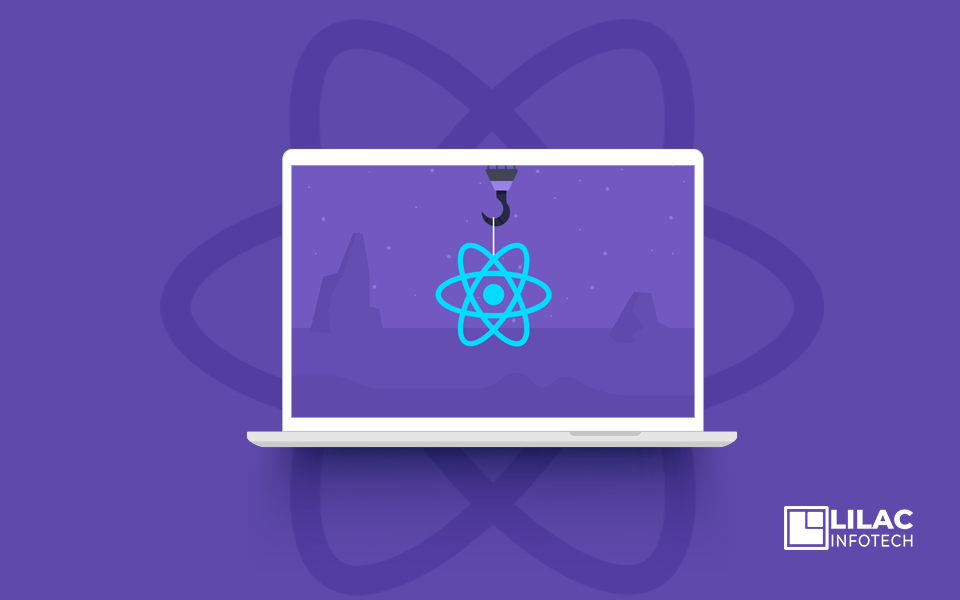
React Native is no longer a new term in the Software industry. Starting from 2015 now till 2020, within these 5 years the popularity gained by React Native is not at all less. Well, this blog is all about React Native. For those who have zero knowledge and general knowledge about React Native, have a look!
What is React Native?
“The biggest mistake we made as a company was betting too much on HTML as opposed to native" - Mark Zuckerberg.
React Native is an open-source framework developed by Facebook, particularly to develop applications for Android, iOS, Universal Web Pages (UWP), and Web to deliver a better mobile experience. Before knowing about React Native in detail, you need to know what React Framework is. React Framework generally known as React or React.js or ReactJS is an open-source JavaScript library for creating user interfaces or UI components. It is generally used as a base in the development of single-page or mobile apps. The principles of React Native are based on the React Framework. React Native does not utilize HTML or CSS. Instead, messages from the JavaScript thread are utilized to manipulate native views. Apps made using React Native are not mobile web apps. React Native employments the same principal UI building blocks as normal iOS and Android apps: this implies that rather than building in Java, Kotlin, or Swift – you’re putting the same building blocks together, utilizing JavaScript and React.
Some of the popular apps developed using React Native are;
React Native framework was created for iOS at first. But Facebook saw the range of its capabilities and created support for Android as well. Presently, most of the apps made with React Native are cross-platform APIs. In simple terms, utilize the same codebase to construct apps for both iOS and Android. If you need the app to have a more authentic feel to its particular stage, this system lets you insert the native code effectively. It helps save time and development costs as you don’t have to type in two codes. Some features while creating the app require platform specifics. React has Platform modules and specific file expansions for this. This recognizes the OS that's supporting the app and chooses the proper record based respectively.
Why React Native?
These days, flexible applications are obligatory for each advanced age business to win within the commerce. A few businesses incline toward constructing local applications for getting out-standing execution whereas others go for Hybrid application advancement to induce their application prepared for activity ASAP. While the two strategies have their own Pros and Cons — what suits your business needs is something that needs to select what heading is beneficial for you to go. Native Apps are known for passing on surprising execution with creating progressions consolidated into them and with cross-platform applications, organizations are taking off their earnings whereas investing less.
Some of the unique and strong features of React Native are;
2 mobile platforms, One codebase
- Uses popular language – JavaScript
- Fast refresh = Fast coding
- Developer freedom of choice
- Easy to learn for React developers
- Up to 50% less testing
A developer can see changes immediately, without rebuilding the app. Moreover, it holds the application’s state, maintaining a strategic distance from the risk of losing it amid a full reload. To improve the developer experience with hot reloading, the React Native group incorporates in 0.61 a new feature called fast refresh that binds together live and hot reloading. It’s more strong to typos and mistakes compared to past adaptation. The highlight of React Native is that it composes a single codebase to control 2 apps – covering both Android and iOS platforms. Way better still, JavaScript gives you a leg up when composing cross-platform applications by sharing code with web apps. This is often finished by making abstraction components that merely can compile to target platforms.
Discuss About Your Idea?
Create Your App development platform with us
The above mentioned are some of the libraries that permit you to simultaneously make code on platforms other than iOS and Android (both web and desktop apps).
On the off chance that you compare a web desktop app, a mobile web app, and a native app, you'll be able to assume they share the same business logic – but they likely require a particular UI that fits particular user prerequisites. Therefore, why not extract shared code to an isolated repository, treat it as a separate project, inject the code in the same way as any other dependency? React Native employs JavaScript: a programming language that numerous designers know well (while Dart is still not so broadly known or utilized). And in case you’re a developer who favors statically-typed programming languages, you'll be able indeed to utilize TypeScript – a JavaScript subset.
The advantage is that React Native permits the developer to choose exactly what arrangements they need to utilize; both concurring to the project’s prerequisites as much as the developer’s preferences. React Native includes an enormous developer community. Not fair that, but there are endless tutorials, libraries, and UI frameworks that make it simple to memorize the technology – as well as speedy and simple to create with it. This advantage in our list is profoundly focused on React developers. In case you've got a background in web development and already use prevalent React solutions, you'll be able effortlessly to get to work with React Native, without having to learn new libraries. You'll utilize the same libraries, tools, and patterns. We compose approximately 50% fewer automated tests since we are able to create the same tests to run on both platforms, lessening the demands on our QA group.
Comparison between Flutter & React Native
If you're new to Dart and attempting to learn Flutter, it'll take more time than learning Respond Local. But the inverse is additionally genuine – on the off chance that you have got an encounter in Dart, at that point learning Flutter will be a walk in a park. The components in React Native are pretty essential, so in the event that you would like anything additional, significant effort is required when styling. Only a handful of components are versatile to the stage, whereas most of the time you've got to use a distinctive component for both iOS and Android; or, style it differently. On the other hand, with Flutter, everything is a widget. And the widgets are based on Material Design, making them effortlessly customized. Most of the widgets are versatile, and you'll be able to utilize the same gadget over both Android and iOS.
Conclusion
It is dynamically important to utilize as React Native saves tremendous time and cash on the application development. Each business looks for such advancement, which benefits them in two distinctive ways. It moreover has tremendous choices for plans which are utilized as a key point to keep up the client’s thoughts with respect to the application. React Native took the convenient application change to the following level and will keep on developing more to benefit the application progression afterward on. Apps built with React Native are booming. And the reason is the flourishing community advertised by React Native and its dynamic environment. For all the developers who need to go for Cross-Platform App Development or make something inventive, this framework is their first choice. Create apps with React Native, and you'll get high-quality apps in a shorter time. Moreover, the resources utilized and the cost of the app are less. It too gives engineers access to libraries and plugins. This can be the most excellent framework to make a native and cross-platform app.



















Post a Comment